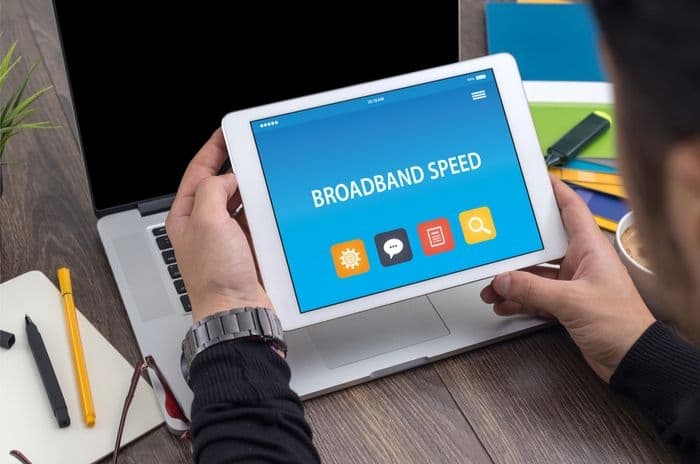Home > Broadband > News > Government quietly scraps 2025 gigabit broadband target
Government quietly scraps 2025 gigabit broadband target
Spending Review allocates funding for gigabit-capable broadband rollout but Government doesn't commit to previous full coverage targets.
Instead, it's hoped 85% of the UK will be reached by gigabit-capable broadband by 2025.
£1.2bn has been allocated by the Treasury to cover the next four years of development, although this is less than the £5bn earmarked overall for the project.
It signals a change in strategy for the Government, perhaps confirming the industry's assertion the 2025 target was never a realistic one.

Funding allocation
On the same day the Chancellor announced £1.2bn of funding had been allocated to subsidise the rollout of gigabit-capable broadband, the National Infrastructure Strategy (NIS) was unveiled, confirming a lower coverage target.
Instead of the goal being to expand gigabit-capable services to every home by 2025, the NIS states the Government is targeting a minimum of 85% coverage by 2025.
They do add they will seek to accelerate the rollout further to try and get as close to 100% as possible, yet there is a definite implication that this is unlikely.
The funding confirmed by the Chancellor, along with the rest of the £5bn now set to be delivered at some point after 2025 is designed to help households in the hardest to reach areas receive a gigabit-capable broadband connection.
However, some industry experts have argued that lowering the minimum target to 85% risks leaving behind households in the most remote areas as they will be the most expensive and technologically complex to reach.
2025 target
The 2025 target for gigabit-capable broadband coverage stemmed from a promise made by Boris Johnson during his 2019 leadership campaign.
Prior to that, the Government target was full coverage by 2033, with 2025 the deadline for reaching 15 million homes instead.
In March 2020, the Digital, Culture, Media and Sport Committee announced they were going to assess the challenges facing the rollout.
The Social Market Foundation (SMF) also scrutinised the plans returned their verdict in October 2020.
They concluded the 2025 target was unlikely to be met unless the industry was reformed and Ofcom took steps to keep the rollout on track.
Their report also suggested street works and the planning system could be managed more efficiently to add telecommunications infrastructure to buildings.
Rollout strategy
Much of the gigabit-capable broadband rolled out by 2025 is expected to be commercially led in schemes such as Virgin Media's Gig1 DOCSIS 3.1 network upgrade.
So far, 6.8 million homes are covered by Gig1, bringing potential speeds of 1,104Mb to around 45% of Virgin Media's network.
By the end of 2021, Gig1 will have reached more than 15 million potential customers across the UK.
However, this will only cover around 60% of households given that Virgin Media expands to commercially viable areas and streets, often missing out properties that are hard to get to.
Other commercial networks are expanding, with Openreach, CityFibre, Hyperoptic and numerous smaller ISPs working to bring gigabit-capable broadband to specific areas.
Yet one major concern is that these networks will often end up covering the same ground as multiple networks vie for customers in high yield areas rather than concentrating on plugging the gaps and bringing 1Gb speeds to all.
Those gaps are supposed to be filled by the Government's funding, but the slow allocation of funding and the lowering of the target risks the funding missing the very people it was designed to help.
Ofcom's four-point plan published at the beginning of the year specifically mentioned the Government funding of £5bn to support investment by Openreach into rural areas where competitive commercial networks are unlikely.
While the money still is potentially there, the timescale for allocating it seems to have slipped and the rollout strategy seems to be more uncertain than ever.
Find out the availability of full fibre broadband in your area.
Get insider tips and the latest offers in our newsletter

We are independent of all of the products and services we compare.

We order our comparison tables by price or feature and never by referral revenue.

We donate at least 5% of our profits to charity, and we have a climate positive workforce.
Latest Guides

Broadband & TV
Cheapest ways to get Sky Sports in 2025
Home Broadband
NOW Full Fibre 300
Home Broadband
NOW Full Fibre 100Get insider tips and the latest offers in our newsletter


